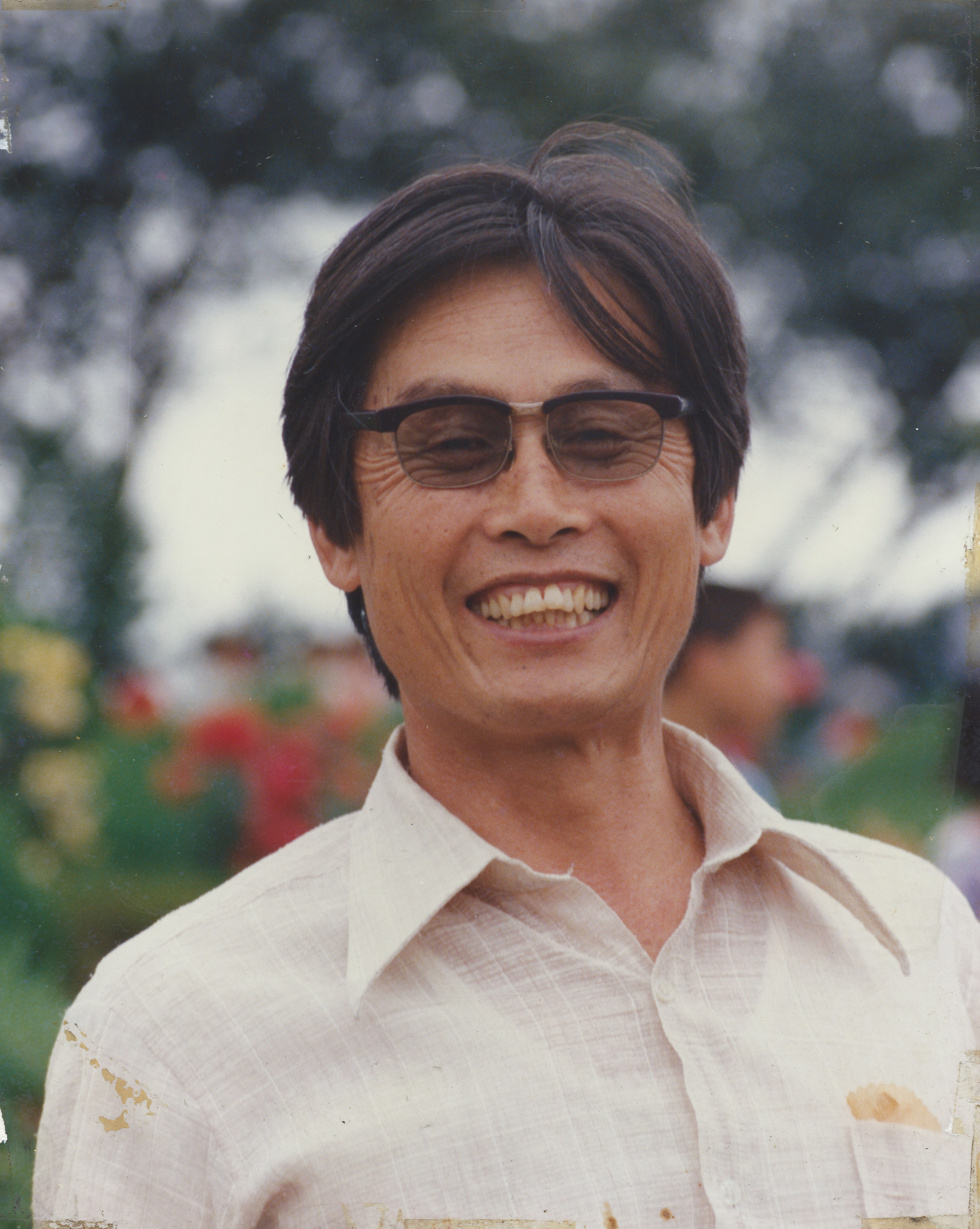[요꼬 이야기는 이런 소설입니다]
.
이 소설은 2006년부터 문제가 되어 2008년 한국계의 거센 반발로 몇학교가 교재선정을 취소한적이 있었습니다. 지금은 일본정부와 일본민간단체가 아예 미국 도서관 각급학교에 살포를 하고 있고 미국 50개 주 전지역에서 엄청나게 많은 학교들이 굳이 교재비가 들지 않는다는 이유로 교재선택을 하고 있답니다. 누가 그 내용을 달라고 하니 4년전 기사라도 올린 겁니다.
.
일본이 미국의 도서관과 각급학교에 살포하고 있는 '요꼬이야기'는 제목이 "So Far from the Bamboo Grove"입니다. 중국에서는 금서입니다. 줄거리는
.
"조선 북쪽의 나남이라는 도시에서 살고 있던 요코 가와시마는 일본이 2차 세계대전에서 패전하자, 식민지인 조선에서 고국인 일본으로 돌아가야 하는 피난민이 되었다. 역시 피난민이 되어 일본군과 한국인 양쪽을 피해 다니고 있던 그녀의 오빠 히데요는 군수공장에 고용되어 있었기 때문에, 그녀의 가족과 헤어지게 된다.
.
그녀의 가족이 서울, 부산을 거쳐 페리를 타고 일본으로 귀환할 때까지 무시무시한 위협과 난관이 그들을 기다리고 있었다.
.
요코와 그녀의 언니 코, 그리고 그녀의 어머니가 후쿠오카에 도착하자, 그들은 그녀의 어머니가 자랐던 교토까지 여행하게 된다. 교토에 도착한 뒤 어머니는 조부모가 있는 아오모리를 향해 도움을 요청하러 떠났지만 교토로 돌아온 어머니는 요코에게 조부모와 외조부모가 이미 폭격으로 죽었다는 절망적인 소식을 요코에게 전하고는 곧 숨을 거둔다. 몇 달 후, 요코와 코, 히데요는 마이즈루에서 모두 다시 만나게 된다. 히데요는 그가 어떻게 북조선에서 탈출하여 일본까지 올 수 있었는지를 이야기해 준다." 입니다.
.
일본의 전쟁범죄를 조선인의 잔악성을 극대화한 소설로 정반대의 인식을 시키는 일본 최고의 선무공작 소설이기도 합니다.
.
+++

So Far from the Bamboo Grove is a semi-autobiographical novel written by Yoko Kawashima Watkins, a Japanese American writer. It was originally published by Beech Tree in April 1986.
Watkins was awarded the Literary Lights for Children Award by Associates of the Boston Public Library in 1998 and the Courage of Conscience Award by the Peace Abbey.
Watkins's book takes place in the last days of World War II. An eleven-year-old Japanese girl, Yoko Kawashima must leave her home in Nanam, part of northern Korea, as her family escapes south to Seoul, then to Pusan, to return to Japan.
A Korean version of this book titled Yoko Story (요코이야기) was published in 2005 and sold 4,000 copies of the first printing. However, it was banned soon after.
A Japanese version of this book became available in June 2013. As of June 7, 2013, the book was at No. 1 on the Amazon Best Sellers in Books in Japan.
The story begins with Yoko Kawashima (and her mother, brother and sister) living in Nanam. Yoko and her family have to return to Japan and hide from both the Soviet military and the Koreans. Her brother, Hideyo, also tries to leave but he is separated from his family because he tried out for the army and purposely failed the written test. As a punishment, he has to serve at an ammunition factory for six days a week, which is why he is separated from his family when the Kawashimas have to leave. The family experiences a hard journey as they go to Seoul and to Pusan to take a ferry to Japan. In the journey, they saw many Japanese that were robbed of their property and slaughtered. Japanese women, from girls to adults, were raped by Koreans.
When Yoko, her sister Ko, and her mother reached Fukuoka, the mother traveled to Kyoto,where she had family there. She then leaves for Aomori to seek help from their grandparents. She goes back to Yoko and her sister bringing sad news that both of their grandparents are dead. Their mother dies on the same day, leaving Yoko and Ko waiting for their brother, Hideyo. Their mother's last words were to keep their wrapping cloth, and that makes Yoko curious. Yoko later finds out that there was money in a hidden pocket in the wrapping cloth. Yoko is now in a new school, and there is an essay contest with a cash prize that Yoko enters and wins. Her old friend Corporal Matsumura seeks out Yoko, asking if she is the same girl that was put in the paper for winning a contest. Hideyo faints at the doorstep of a Korean family. Luckily for him, his life was spared and the family allow him to stay. The family sadly bids Hideyo farewell and he finally reaches Pusan where he finds a message that Yoko had left him. After sailing across to Japan, he sees scriptures of his name and Yoko and Ko's address. While asking directions from a local, he is spotted by Yoko and they are reunited.
Kawashima also wrote a sequel titled My Brother, My Sister, and I.
+++

